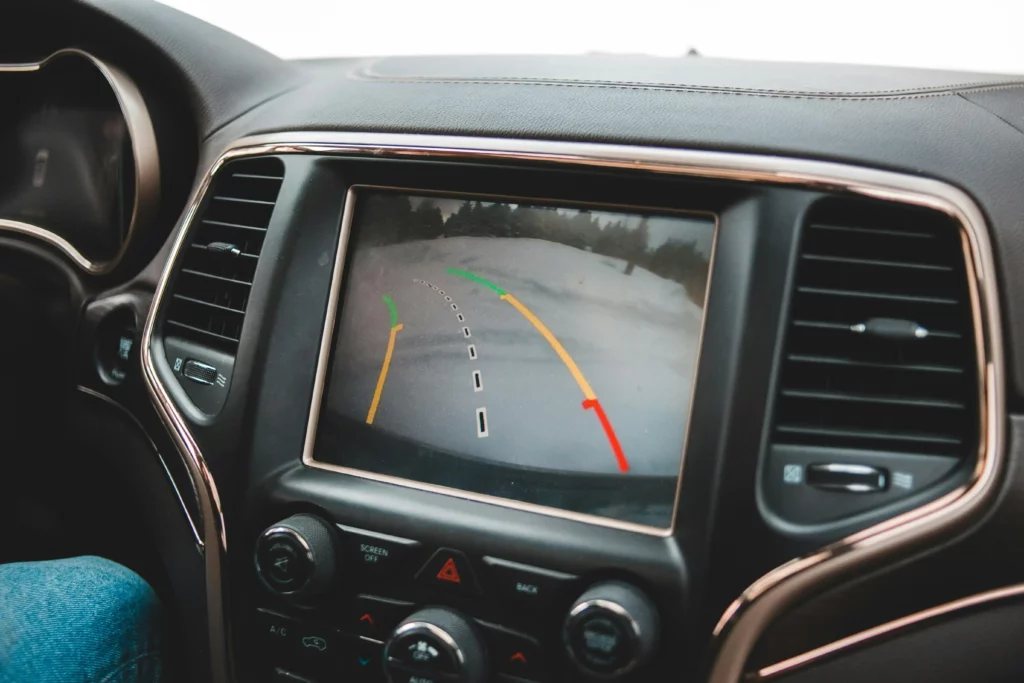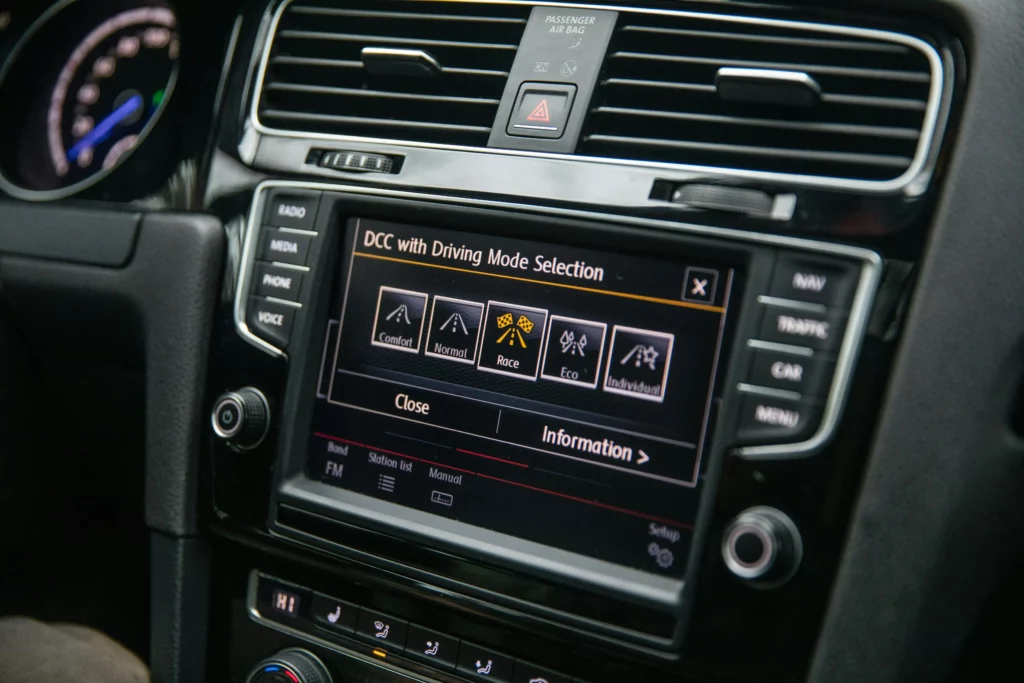Whilst a lot of people don’t even know what it is, ADAS calibration is a process which keeps us all much safer on the road. There are a lot of benefits to calibration which make your ADAS (advanced driver assistance systems) run much more smoothly and efficiently.
Read this blog to find out exactly what ADAS calibration is, why you need it, what might happen if you don’t get your ADAS features calibrated regularly, and the positives to a professional calibration service.
What is ADAS calibration?
ADAS calibration is the procedure through which a professional engineer meticulously adjusts and calibrates the sensors and cameras on a vehicle to ensure that they are working soundly and as intended. This eliminates the risk of misreadings from adas systems which can, in some cases, lead to wrongful interventions or alerts from your car.
For example, if a sensor on the front of your vehicle detects another vehicle as closer than it actually is, it might apply automatic emergency braking, or sound an alert when it doesn’t actually need to. This can lead to a number of dangerous situations which are best avoided through a professional ADAS calibration service from a provider such as Lancashire ADAS.
There are two types of ADAS calibration, and these are known as static and dynamic calibration. For more in-depth information about these calibration methods, check out the dedicated blog linked above. Here is a short overview of each method:
Static calibration
Static calibration is done whilst the vehicle is stationary, in a workshop/garage. We use specialised, highly-advanced tools to ensure that each ADAS component is working correctly and place targets specific distances away from cameras and sensors to check that they are measuring distances accurately.
We would often use static calibration for features such as lane departure warning, blind spot detection, and adaptive cruise control.
Dynamic calibration
Dynamic calibration is carried out whilst a vehicle is in motion, to garner more accurate results. Specialised equipment is plugged into your car, which is then driven through a series of conditions at varying speeds and allowed to self calibrate based on the obstacles around it. This type of calibration is more effective because it emulates a real-life scenario, whereas static calibration does not. However, as a result of its improved effectiveness, dynamic calibration is a little bit more expensive than static.
For more information on ADAS calibration, get in contact with Lancashire ADAS today:
Why do I need ADAS calibration?

You need ADAS calibration to ensure that all the features of ADAS which your vehicle has are working accurately. If not, you put yourself at higher risk of accidents caused by false alarms, failed alarms, or even wrongful intervention.
Usually, an ADAS calibration is required after a collision or car accident, as this may have caused your sensors and cameras to move slightly, or it might have damaged them. Remember, even if you only experienced a minor collision, it is possible that you will still need a calibration, because of how finely calibrated and sensitive these cameras and sensors are.
In some cases, you’ll also need ADAS calibration to comply with legal requirements. Failure to seek ADAS calibration in the long term could result in failing to comply with vehicle safety laws, especially if you end up getting in an accident as a result of this.
What happens if ADAS is not calibrated?
If ADAS is not calibrated, you’ll find that your advanced driver assistance systems are not working as accurately as you’d expect. For example, features such as lane departure assist or lane departure warning might incorrectly flag, leading to confusion and inconvenience whilst driving. Sometimes, this could even be quite dangerous.
If your ADAS is not calibrated properly, you may end up having to simply turn the systems off if possible, or simply ignoring them. To avoid this, book an ADAS calibration as soon as you notice any signs of incorrect readings.
Benefits of ADAS calibration
There are a plethora of benefits to ADAS calibration. Primarily, it keeps us safe and makes driving as smooth and simple as possible, but let’s break down some of these positives further:
- Enhanced safety – perfectly calibrated sensors lead to perfectly accurate results. This streamlines the driving process and increases safety.
- Improved driving experience – depending on the features your vehicle has, correctly functioning ADAS can take over some elements of driving and take some stress off your shoulders. Even with more basic features, support whilst driving will improve your driving enjoyment.
- Cost-effectiveness – considering its importance, ADAS is not a costly process. Usually, you can expect to be paying around £100-£200 for a quality calibration service. Given the level of safety this brings, and the fact you don’t need a calibration too often, this is well worth the money.
- Increased resale value – if you’re looking to sell your vehicle, a properly maintained ADAS system may increase the resale value quite drastically.
Many people don’t even realise the work that ADAS systems are doing in their vehicles. For more information, we’d recommend checking out our dedicated blog: explaining ADAS or what is ADAS calibration.

